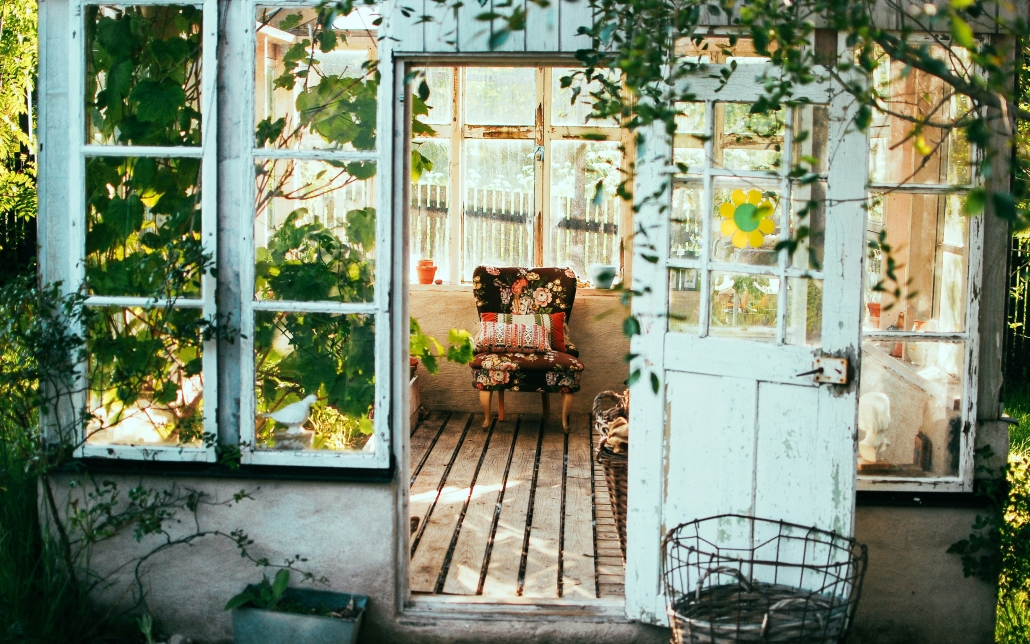Are your expectations of your board members realistic? Especially when it comes to fundraising?
Sometimes it’s hard to know.
You may ask something of your board members. Then when they hesitate, you may wonder, “Did I expect too much?”
That is a common question we hear when fundraisers ask their board members to share the names of their friends and family members for fundraising.
Maybe you made the request in a recent board meeting and everyone turned silent. Or shuffled their papers. Or responded enthusiastically, “Sure!” and then didn’t follow through with any names.
Now what?
Kathryn Gamble and I recently addressed that question in a livestream event. We discussed how we help our clients move through this roadblock. Our solution creates board members who are actually willing to open doors. You can watch the recording here.
The key thing to remember about asking for names: You need to approach your board members in the right way. And that means thoughtfully and sensitively.
Here are our recommendations:
1. Explain how their referral names will be used.
Remember, your board members are naturally nervous about sharing names of their personal friends.
If they don’t have enough information about how the names they provide will be handled, they may imagine the worst: Are you going to cold call these unsuspecting people? Ask for a big donation out of the blue? Are you going to drop the board member’s name into a request?
You can see why your board members hesitate. These are their dear friends! Naturally, they are protective of their personal relationships.
What they need is more information and some reassurance. You need to explain how the fundraising process works.
It’s about the slow and steady nurturing of donors. You will be taking time to get to know each potential supporter and find out if they are interested or not. If they are, in fact, interested, then you’ll ask questions to learn how their interests intersect with your organization’s needs.
As you provide this assurance, many of your board members will feel more confident connecting you with their friends.
2. Find a board champion who can lead the charge.
There’s always at least one board member who understands fundraising and has experienced great success. Give that person the floor!
At an upcoming board meeting, the champion can tell their story of how they invited one of their friends to become engaged with the organization. They may have made an introduction that led to a major charitable gift.
Hearing that person’s success will encourage other board members to do the same. And it’s a beautiful way to celebrate a win and recognize your champion for their part in it.
3. Set up one-on-one time with each board member.
Often board members will be much more forthcoming in private. Asking for names is never a group affair. That can make everyone feel put on the spot.
Rather, treat your board members as individuals when it comes to fundraising.
It’s very effective to reach out to the board member and ask for a meeting or “advice call.”
Here’s what we recommend that you ask: “Would you be willing to brainstorm with me about some potential donors?”
See how that feels personal and non-threatening? The board member will feel pleased that you are asking for their input.
4. Bring a curated list of names to get the conversation flowing.
Coming to the meeting empty handed can feel intimidating to the board member. Instead, why not look through your current database and select five to 10 names your board member may already know?
This list will get the brainstorming session flowing beautifully. Maybe the board member knows only a few of the names on your list. But that might prompt them to think of other people they do know who may be interested in supporting your organization’s work.
Isn’t that a nice way to create a back-and-forth conversation around names?
5. Do you have an activity or event that would make for an easy next step?
Sometimes the easiest way for board members to engage their friends is through an invitation to an event. Maybe you have a gala or golf outing coming up, or a service project that needs volunteers.
Or a board member may be willing to host a small gathering (we call them “porch parties”) where their friends hear about the organization in a relaxed, social setting.
Another easy way for board members to open doors to their friends is with a storytelling tour. You can follow our recommended tour format here, for a powerful experience for visitors.
Leading with an invitation helps your board members introduce their friends to your organization in a natural and non-threatening way.
6. Does your board need more training in fundraising?
When your board members are clear and confident in their role in fundraising, the enthusiasm follows. I’ve seen it hundreds of times after we finish a fundraising board retreat for a non-profit organization. The board members can’t wait to get started!
They won’t just give you names; they will reach out to those friends themselves to tell them about your organization.
BOTTOM LINE: Be thoughtful and strategic when you ask your board members for names of their friends.
Remember, each board member is an individual. The whole team will shine when you tap into each person’s gifts and support them in their growth.
Do you need assistance getting your board members trained and motivated to help with your fundraising campaign? We have designed The Fired Up Fundraising Board Workshop, especially for that purpose. If you’d like to know more, reach out for a conversation. We’d love to contribute to your success.
If your organization is planning a capital campaign, we are capital campaign experts. Email coaching@gailperry.com if you’d like to schedule a free strategy call with us.
Resources
How to Get Your Board Members To Help Identify Major Gift Prospects
The Important Role of Board Members at a Porch Party Friendmaking Event













